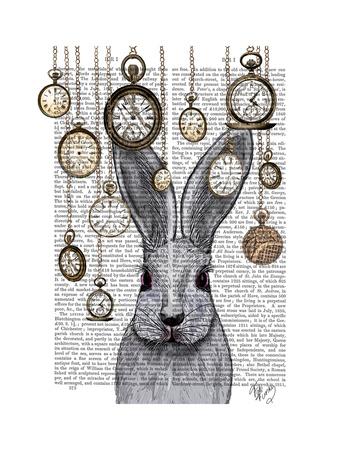

- #Find the rabbit and fox population as a function of time how to
- #Find the rabbit and fox population as a function of time full
- #Find the rabbit and fox population as a function of time code
Coyotes may kill cats for food or to remove them as potential competitors. This is perhaps one of the most controversial aspects to the urbanization of coyotes and often pits sections of the public against each other. In fact, these relationships have been explored in some detail and it appears that coyotes have little impact on mesopredator populations outside of foxes and domestic cats, although the possible impact of coyotes on opossums has not been tested.īelow are a few examples of the impact coyotes may have in urban areas, most of which are considered positive effects. Although this perception has become quite popular, there has been little evidence that coyotes limit raccoon or skunk populations in urban areas. Some research has suggested that coyotes may limit other medium-sized predators that are smaller than coyotes, including raccoons, striped skunks, and opossums. This supports the general impressions of most nature center and park personnel in the area. Fox populations were not specifically measured by our researchers during the 1990's in the Chicago area when the coyote population appeared to increase, but we have conducted recent surveys that indicate fox species have declined. Less is known about this relationship in large, metropolitan areas. In rural areas, coyotes often kill red foxes and limit their populations. In some cases, these relationships are fairly clear, but for others there is only speculation.
#Find the rabbit and fox population as a function of time full
Here is the full file to write.There has been a flurry of studies addressing the relationships between coyotes and other medium-sized predators, such as raccoons, skunks, and foxes. You need a caching system to avoid to calculate multiple times the same step. Of course, this recursive function is very very slow and bad.

To know how many pairs you have at step 7, just call FIBD(7) The number of months the rabbit can live is the length of the fecundity array. The total population of a specific step is the total of new_borns for the previous steps, still living (ie, for the length of your fecundity array). Nb_newborns += (fecundity) * new_borns(step - old_step)

Here is the function : def new_borns(step):įor old_step in range(1, len(fecondity) +1): (What I call a step is one unit of time, here the month). You can of course change it to fit your case. I initialize the steps as 1 pair for step 0, and 0 pair for step < 0. Means your rabbits die at the age of 7 months old.Īfter that, you just write a recursive function to calculate the number of new_borns in a specific step. Any help is appreciated!ĭefine your fecundity array to stop when a rabbit dies : fecundity =
#Find the rabbit and fox population as a function of time how to
I'm not sure how to implement the variation of fecundity. # Total rabbits is the sum of the living rabbits. # Bunnies replace the old rabbits who died. # Get the number of Rabbits able to old enough to give birth. # Start at use range(1,n) since our initial population is 0 month old. # Calculate the new rabbits (bunnies), in a given month.
#Find the rabbit and fox population as a function of time code
The python code that I'm using ( ) is: n = 12 In the end I would count the number of pairs not the number of individuals.įecundity values from the birth to the death: fecundity = Each pair of bunnies is formed by a female and a male. When they are 3 months old produce 2 pairs of bunnies, at 4 months produce 3 pairs of bunnies and so on till the sixth month. During their 4 months of fecundity they produce a different number of offspring depending on their age. My rabbits achieve maturity after 3 months and die after 6 months.

I'm trying to modify the python code for Fibonacci mortal rabbits in order to vary the fecundity of the rabbits depending on their age.


 0 kommentar(er)
0 kommentar(er)
